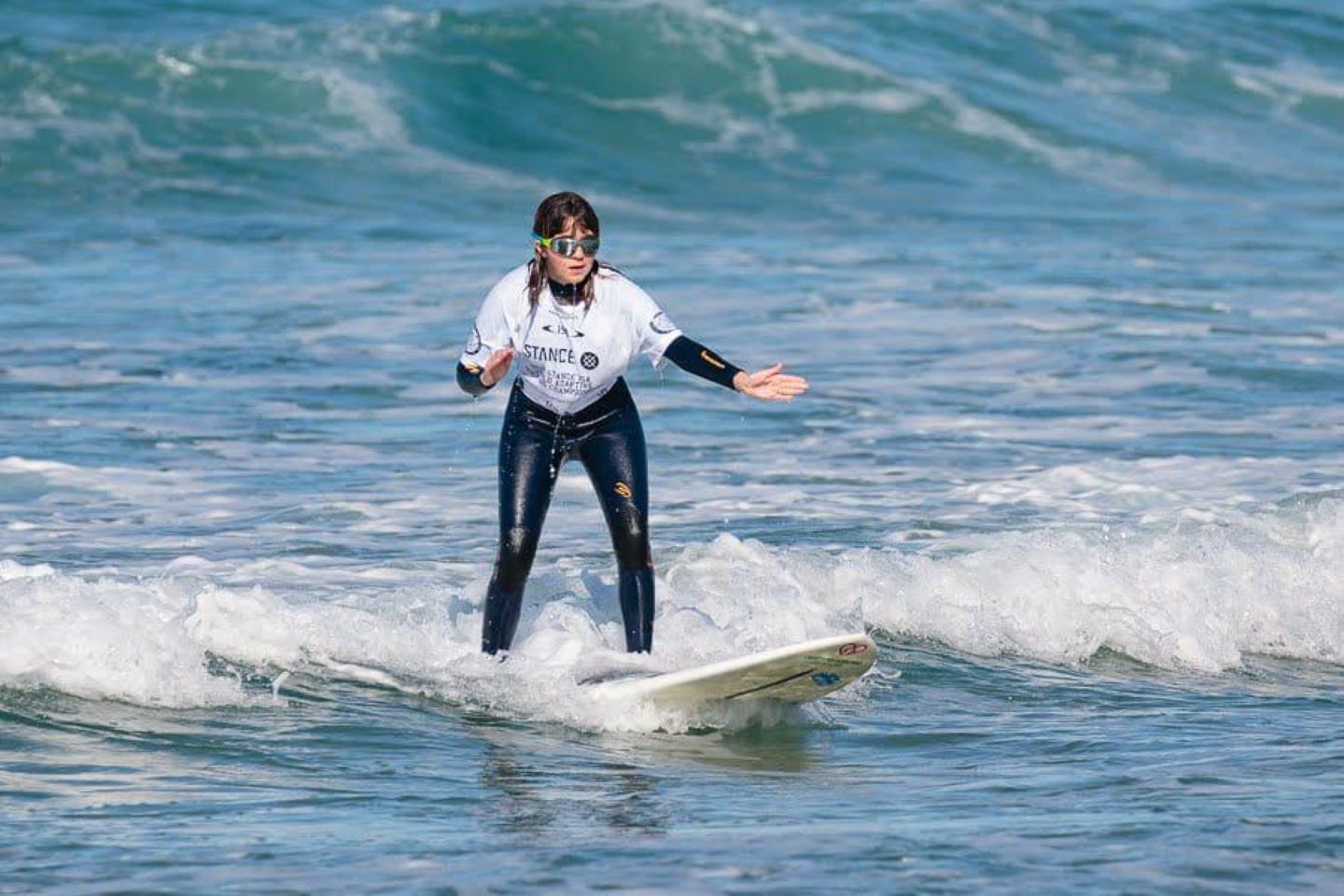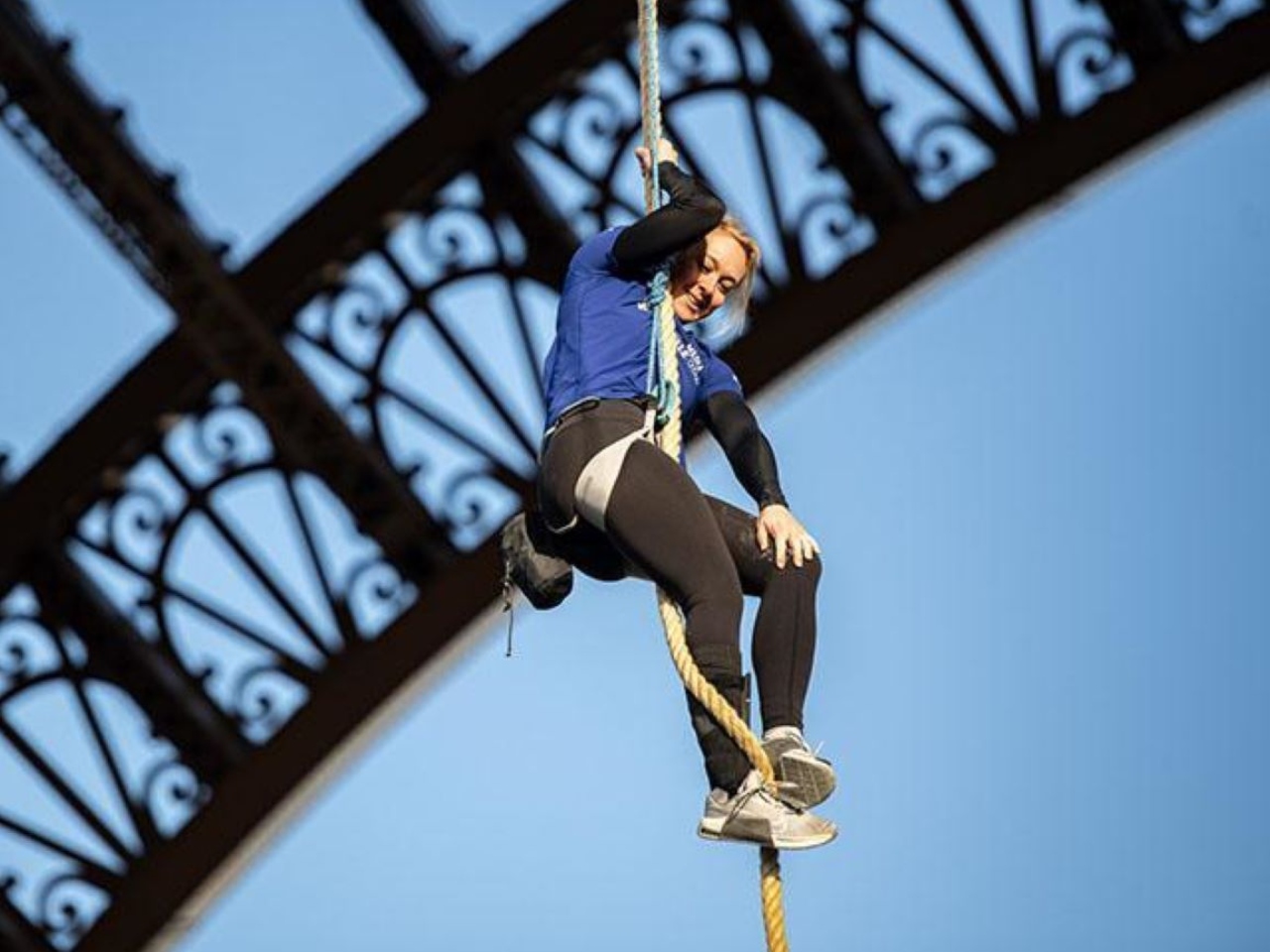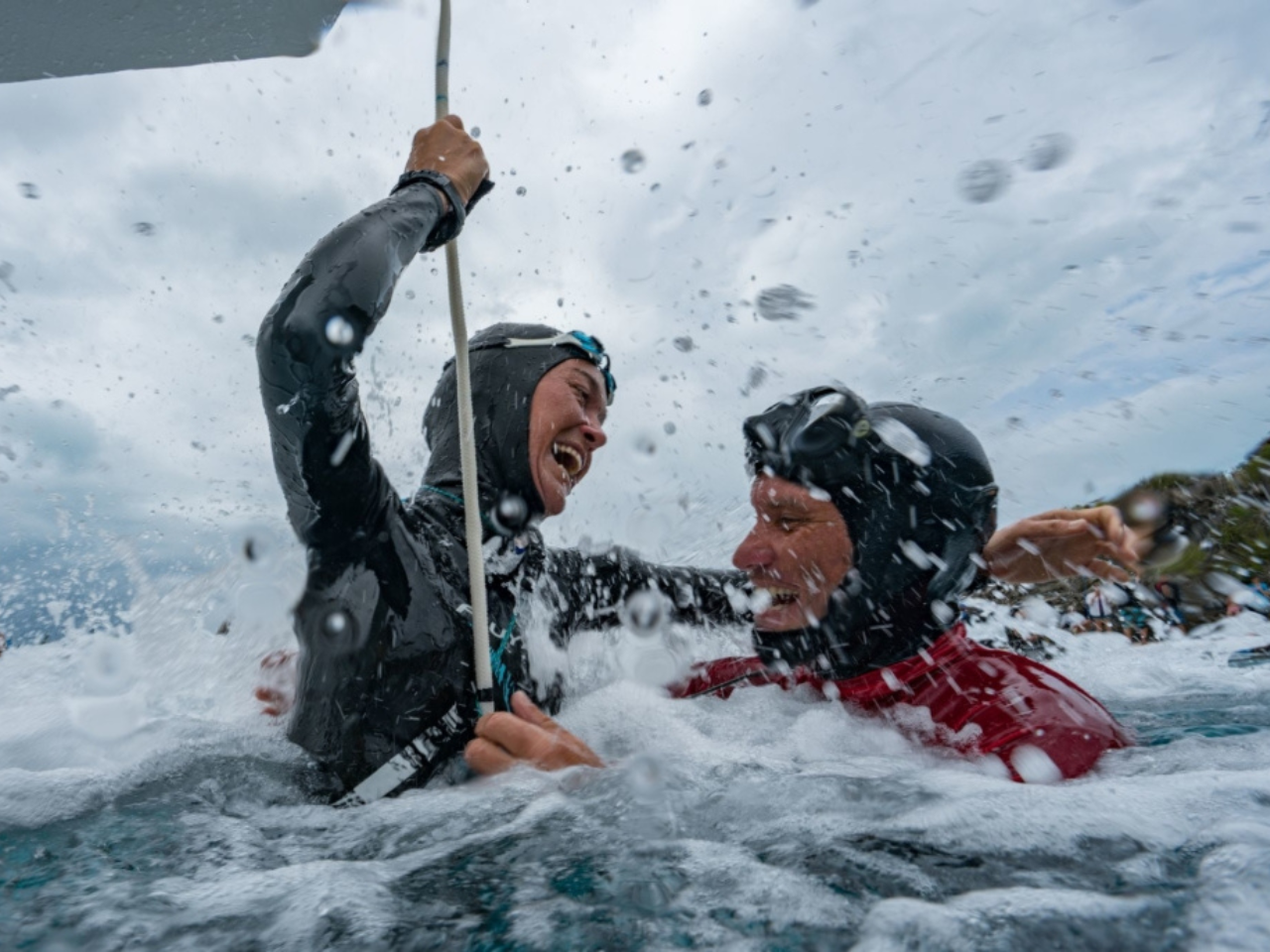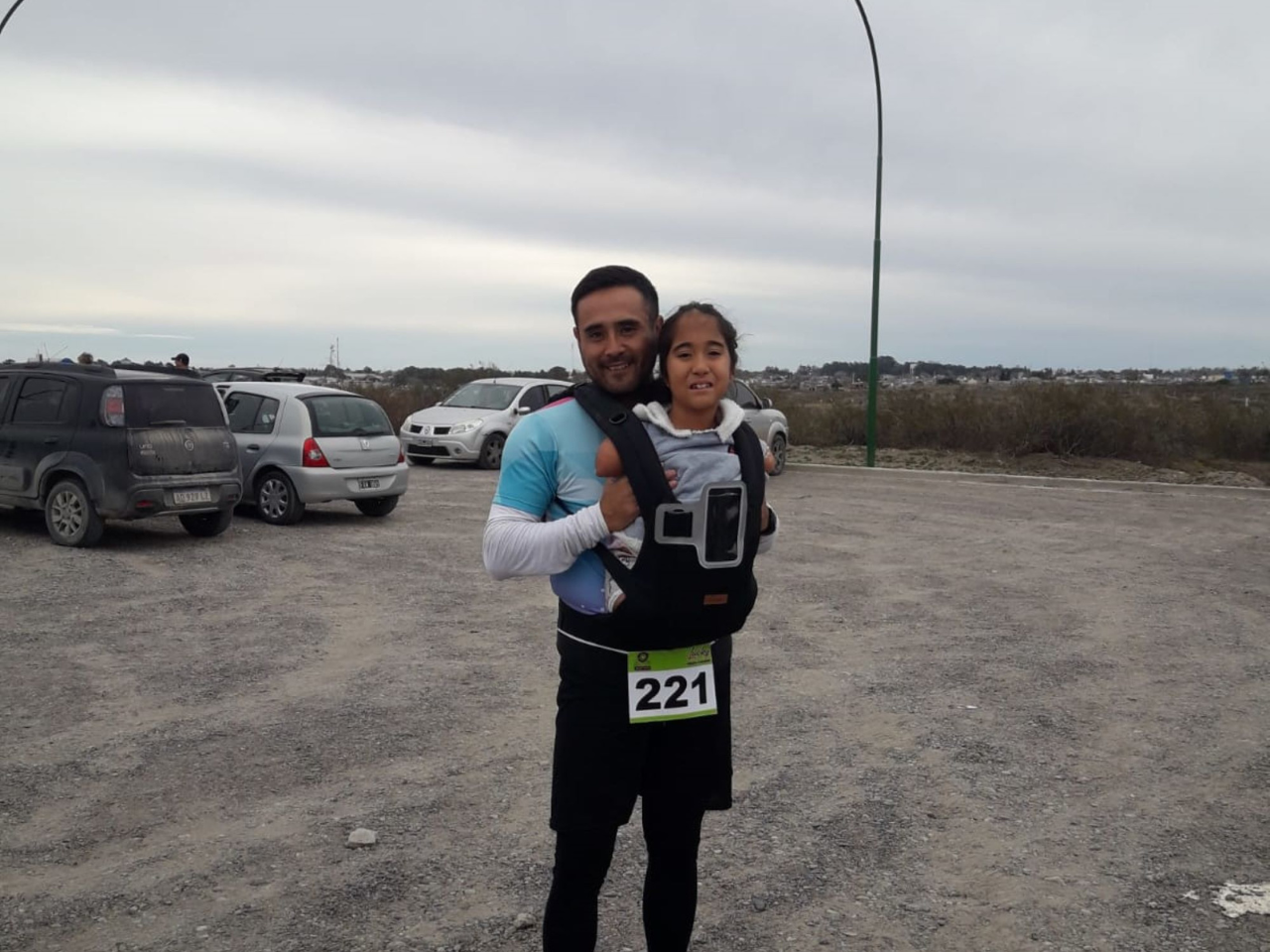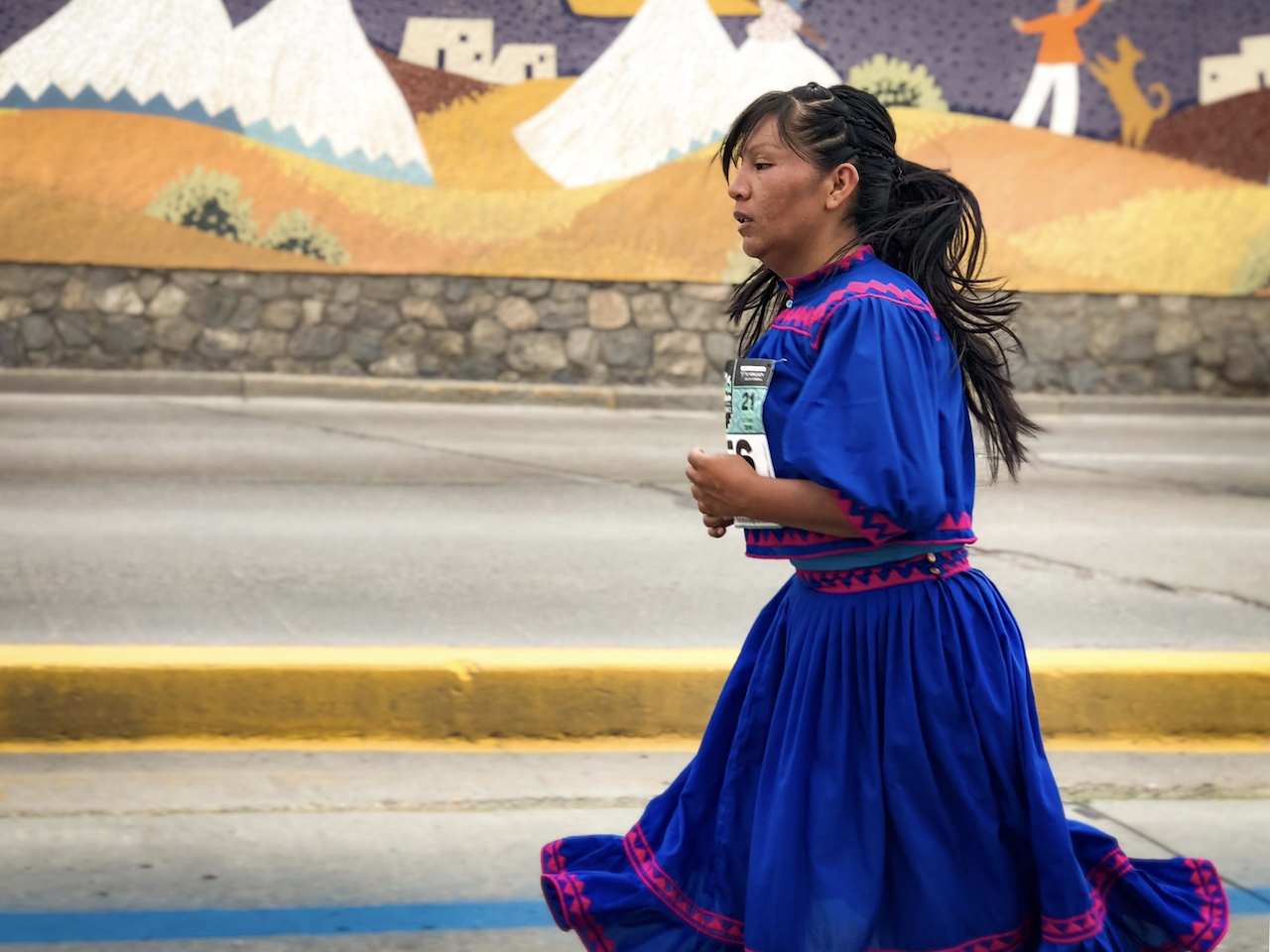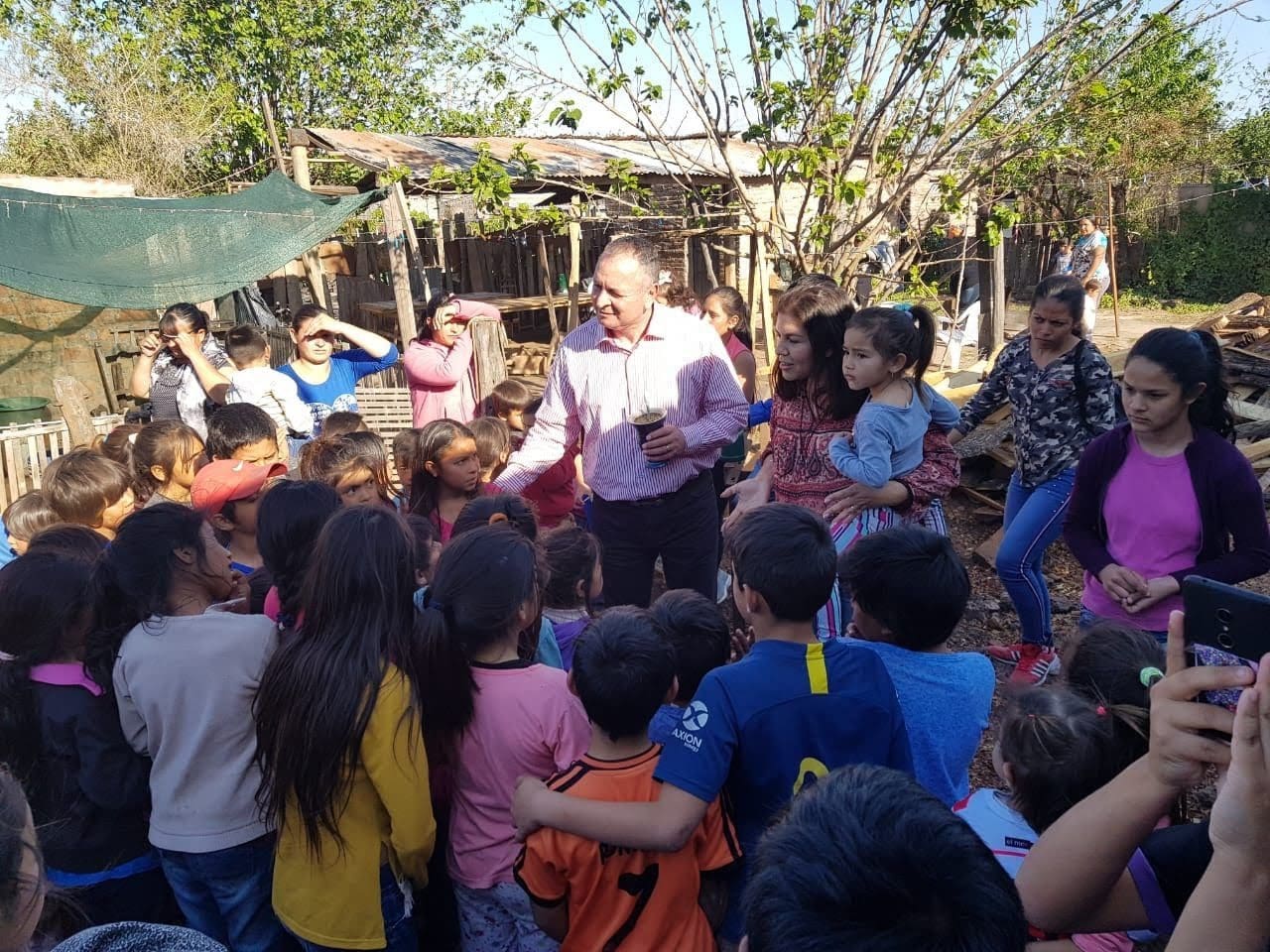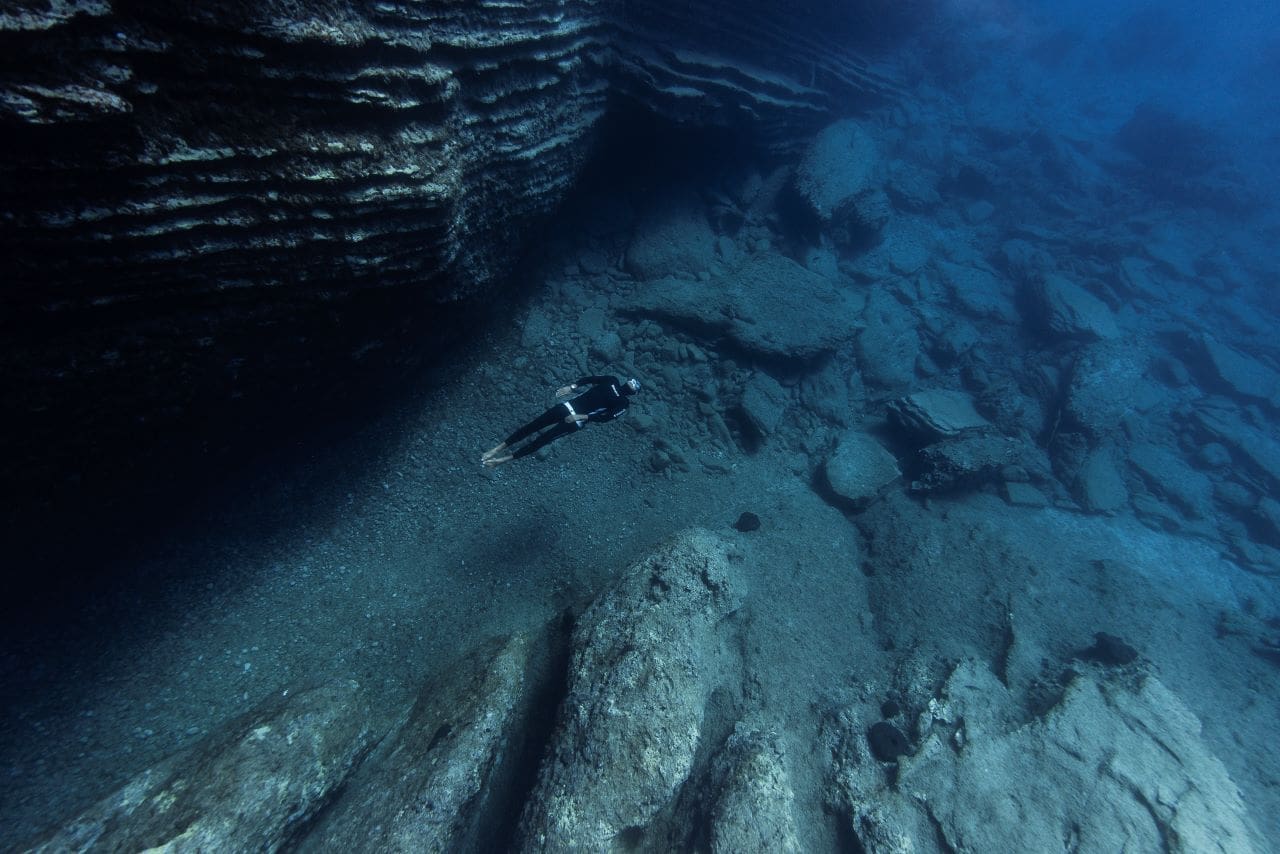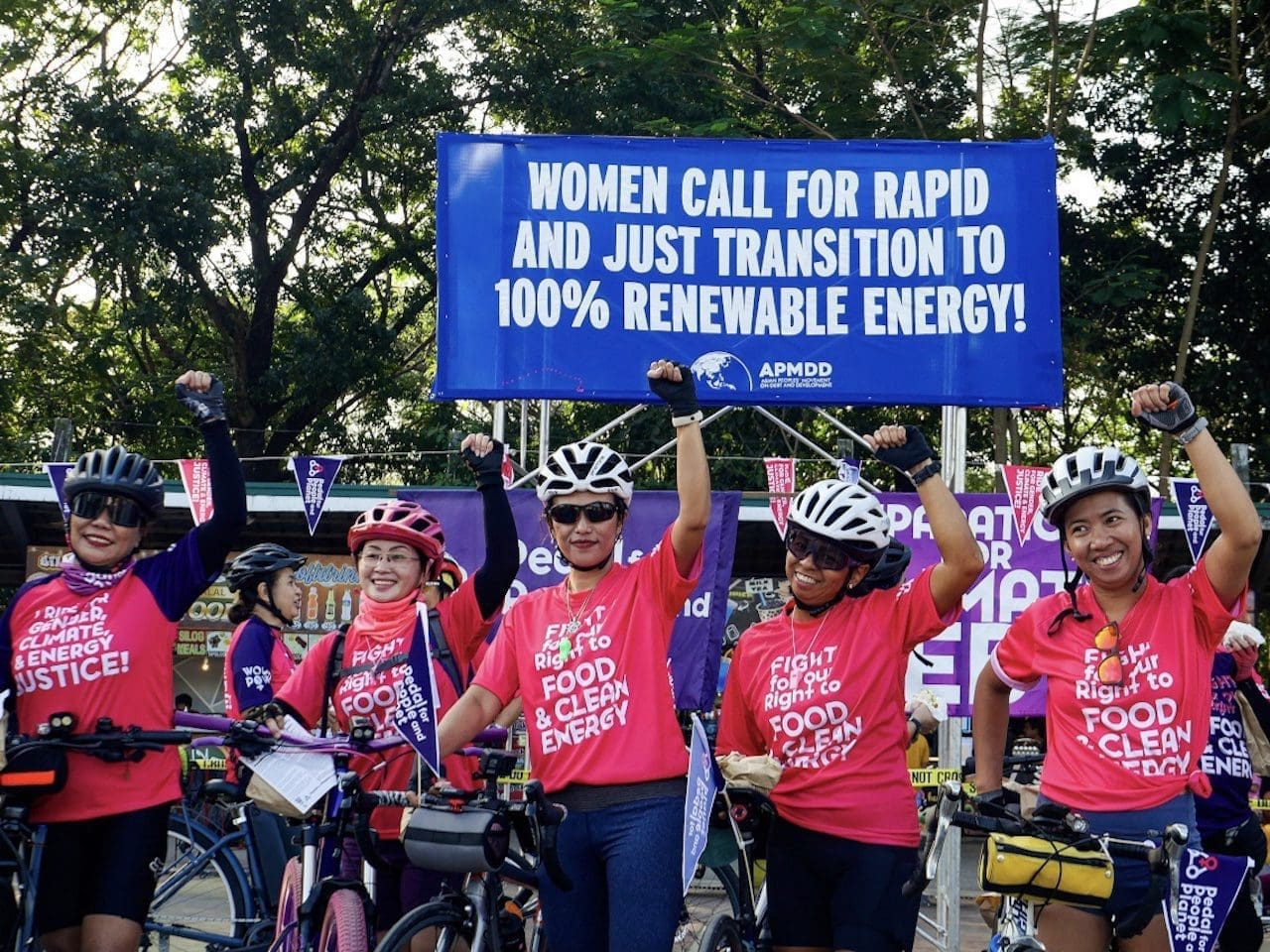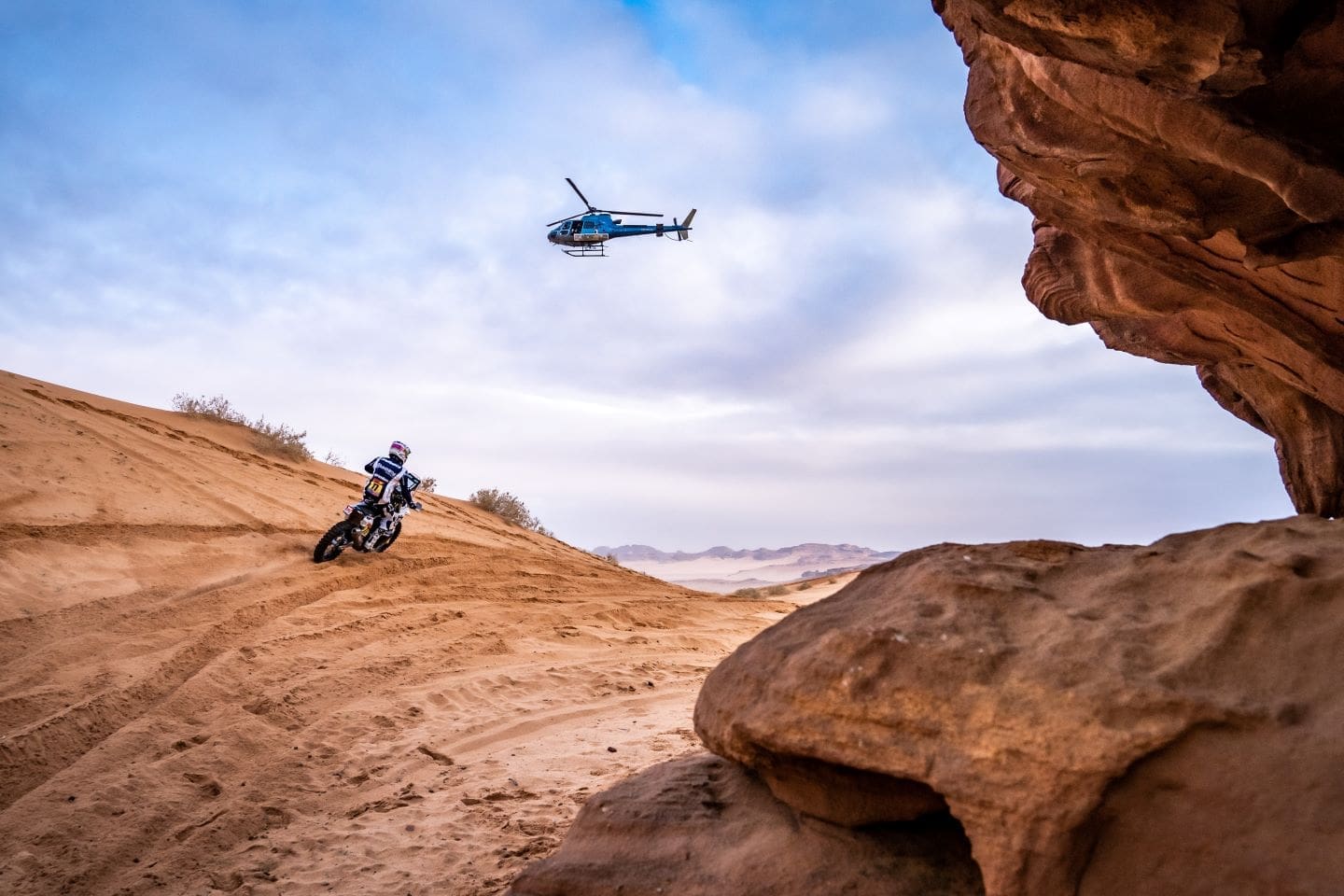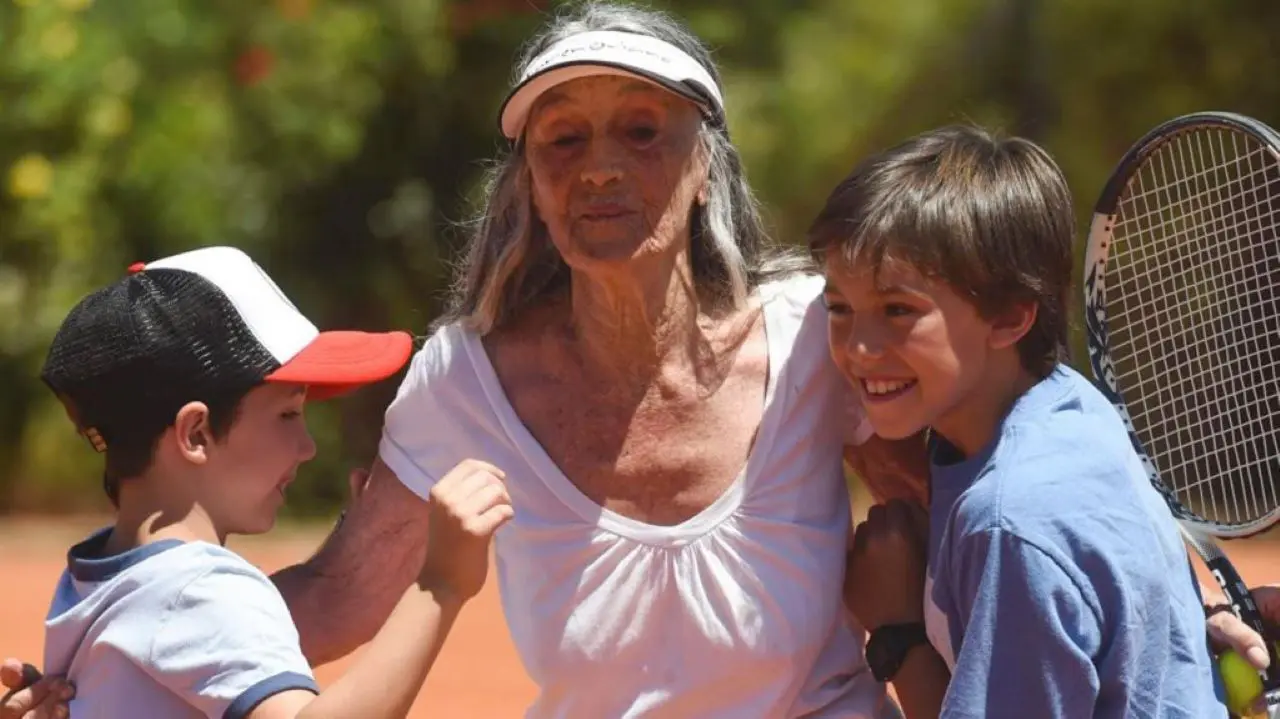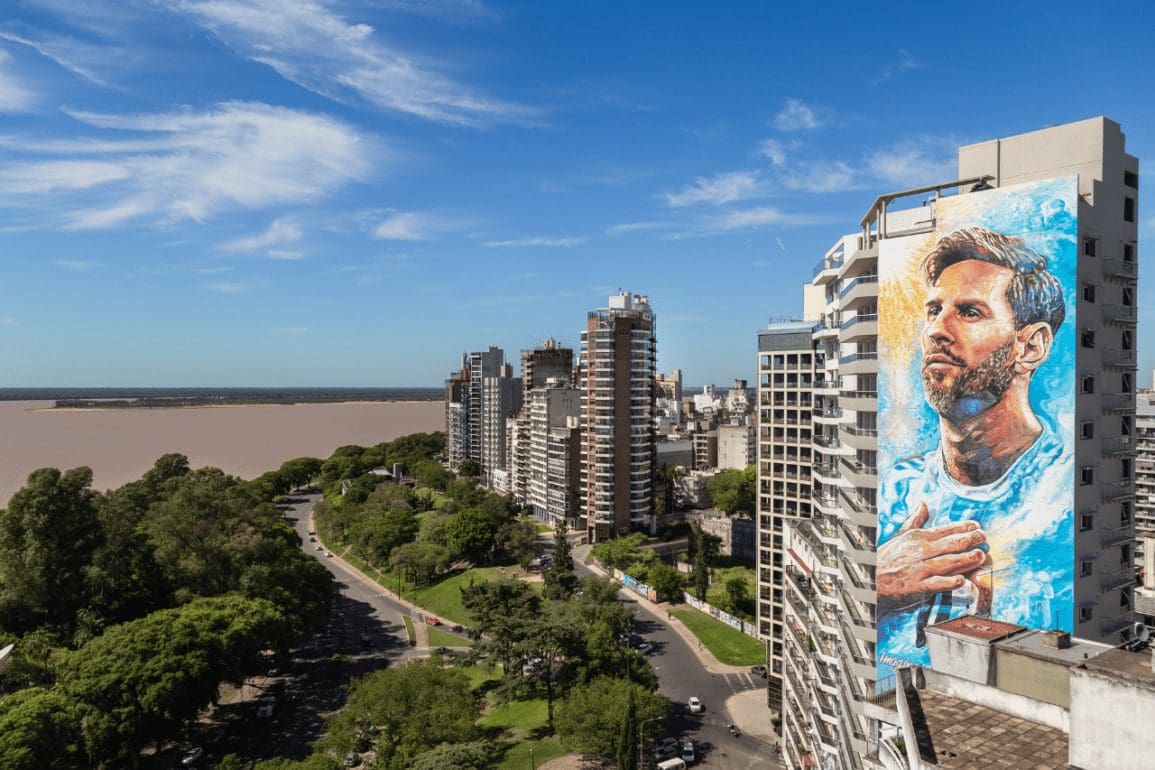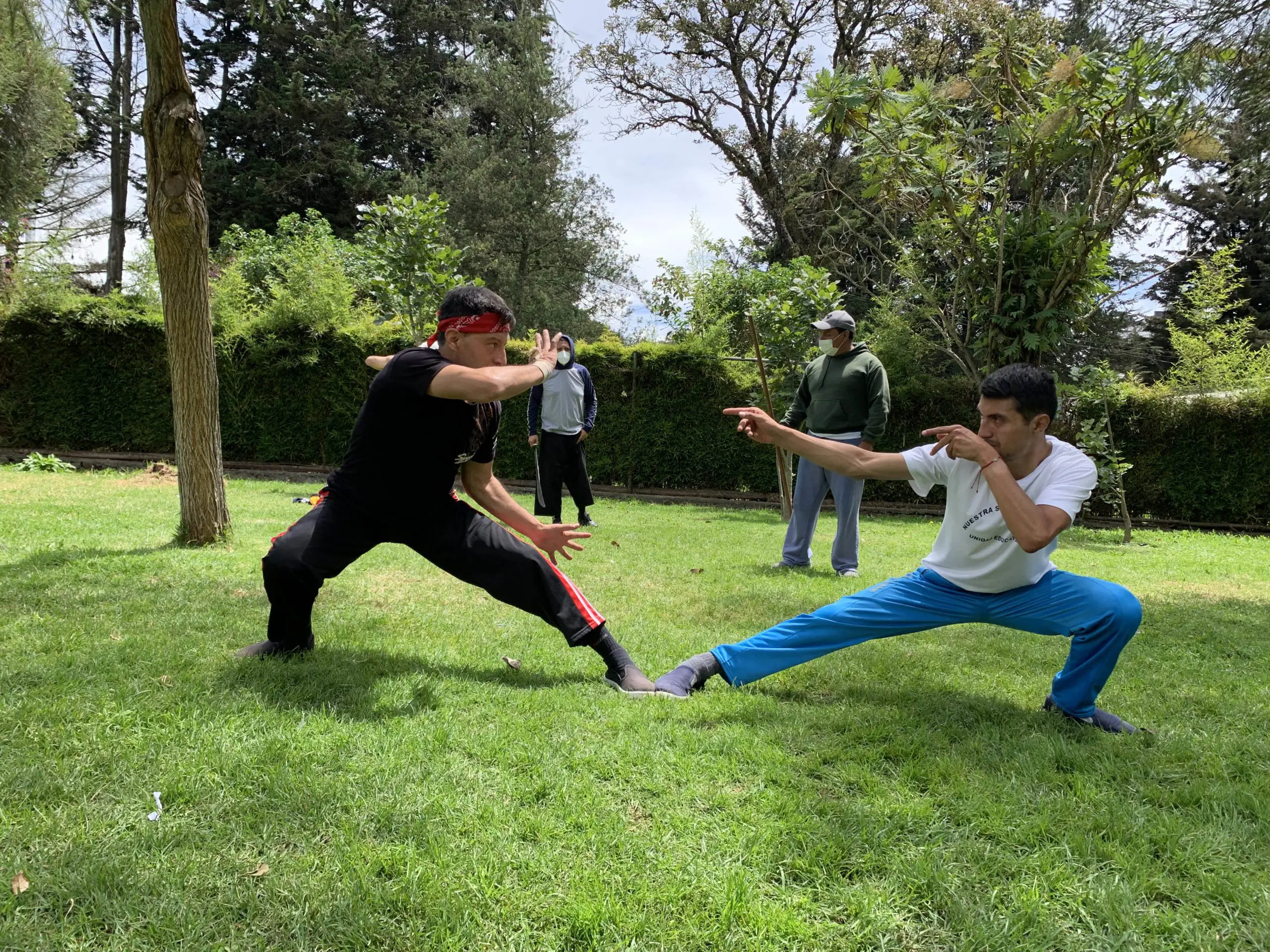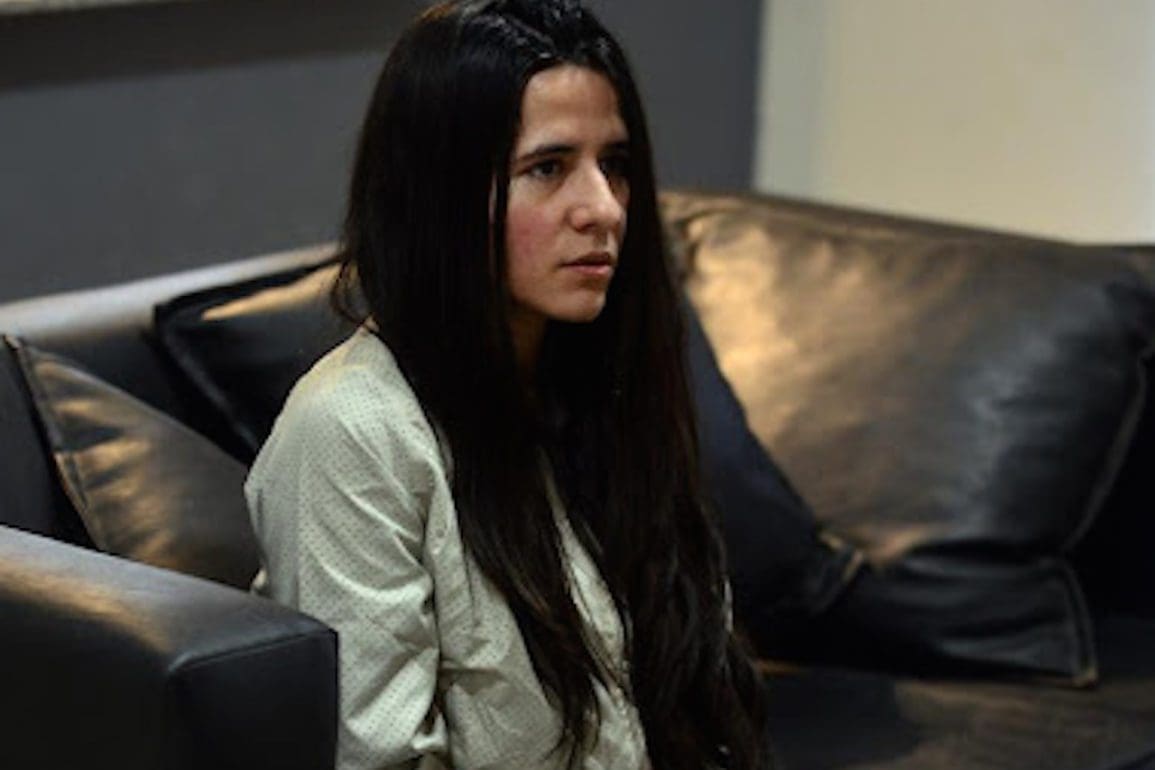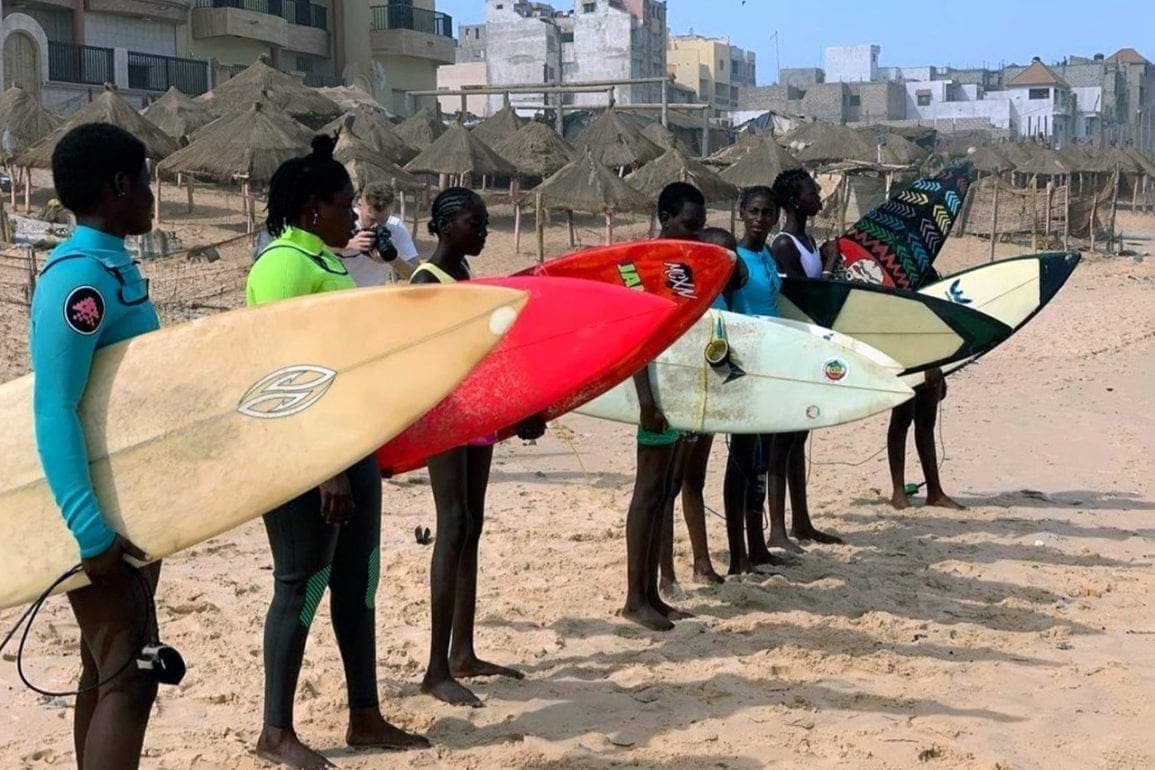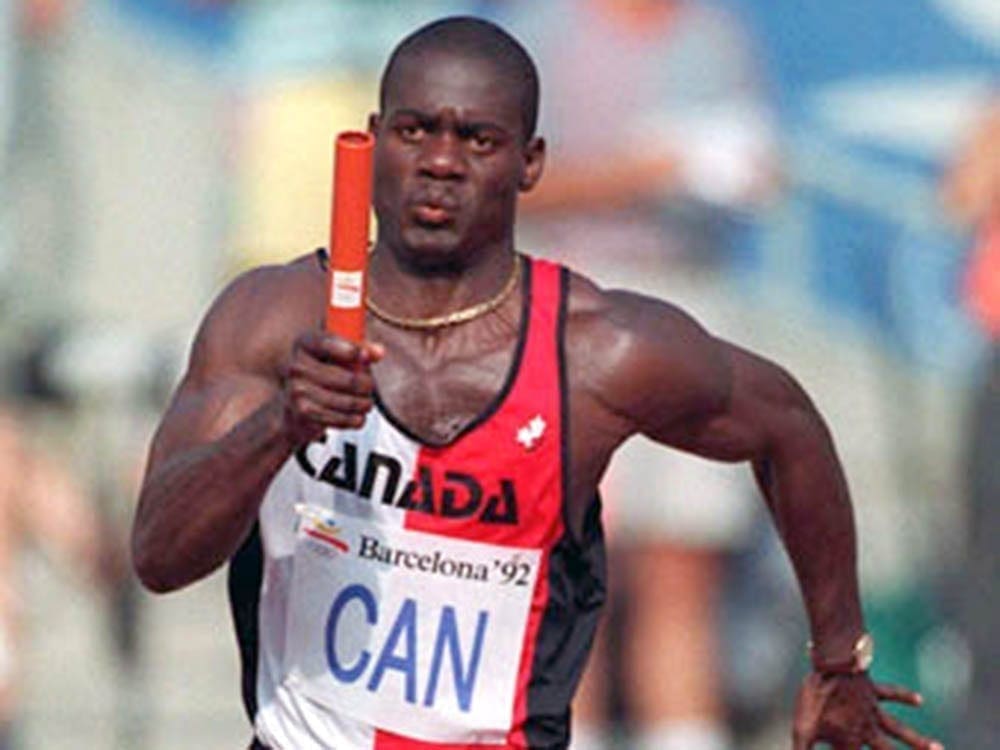After climbing Everest 25 times, Sherpa faces another perilous ascent
I became a Sherpa, leading climbs on the mountain because we were poor, and I had to provide. Climbing Mount Everest is how I support my family.
- 5 years ago
June 9, 2021

ARKHALE, Nepal — The first time I ever climbed Mount Everest, I did it out of necessity.
People come to climb the famous mountain for many reasons — a thrill, the trophy of saying they did it, a love for hiking. They celebrate the win and post unique pictures for others to see.
I became a Sherpa, leading climbs on the mountain because we were poor, and I had to provide. Climbing Mount Everest is how I support my family.
I’ve climbed Mount Everest 25 times, and I am the record-holder. Climbing the mountain more than any other person has been very natural for me. I do it for my work; the record was never the destination.
I’ll climb again
Despite the risks and the number of Sherpas who have lost their lives, I’ll return to the summit next year.
Reaching the peak for the 26th time is a matter of duty for me. I do it for my children and to make my country of Nepal proud.
After 25 climbs, I know every rock formation, every danger we face, and every method for climbing the mountain successfully. My experience ensures my clients will celebrate their victory at the summit’s peak, and it is why I return safely every year.
In compensation for my work, tour guide companies pay me to take foreigners to the summit.
Sometimes I earn sponsorships from energy bar companies to post their product on Instagram. These are my only sources of income.
Not everyone makes it
Not everyone makes it up Everest. The climb is treacherous. I used to have a hard time telling clients to turn back and go down the mountain for their safety.
Today that is less of a worry because I train clients so that they never have to turn back.
Sherpas like me are the pride of Nepal, yet the government is neither grateful nor awful in their treatment of us. For the most part, they support us.
An important job
While most people think Sherpas are only guides, we have many essential responsibilities.
We manage the oxygen tank levels and keep our clients alive.
They need regular oxygen intake because our clients aren’t acclimated to the high altitudes the way we Nepalis are.
Without Sherpas, no one could climb any of the mountains in the Himalayas.
While many non-Sherpas can scale the lower levels of mountains, once they reach the higher altitudes, the foreigners need assistance.
Sherpas play a significant role in supporting the communities here because the tourism industry is built around the Himalayas and access to the mountains is dependent on our expertise.
We believe Mount Everest is a holy site and that the goddess of Inexhaustible Giving, called Miyolangsangma, sits atop the mountain.
Part of a Sherpa’s training is to learn reverence for the goddess.

A dangerous ascent
The ascent of the highest peak in the world is perilous and exhausting.
Reaching the summit of a mountain is never easy for anyone.
However, after climbing Mount Everest 25 times and through years of experience, the ascent up the tallest mountain in the world has become less difficult for me.
Still, I am responsible for other people’s lives and their experiences.
Climbers hike through freezing temperatures as low as -40 degrees (Celcius and Fahrenheit). They have to sleep throughout their multi-day ascent up Mount Everest, and many have difficulty going to bed at the high-altitude camps.
If sleeping at 1,000s of meters above sea level at freezing temperatures doesn’t deter you, climbers face an even more frightening challenge.
The most frightening part of climbing Mount Everest is crossing the Hillary Step, just before the summit.
There’s a high chance of avalanche when you’re crossing the infamously steep section.
The effects of Climate Change mean the risk of an avalanche is only increasing.
The fear grips you because you never know when a wave of snow may overtake you.
An American mountaineer died as recently as 2019 in the Hillary Step. However, it has become easier to climb since Nepal’s devastating earthquakes in 2015. The area has flattened out and become easier to traverse.
Just another climb
The first time I climbed Mount Everest, I didn’t feel anything special other than being happy to be back at Base Camp. Perhaps that’s because, for me, climbing the mountain is a job and a weighty responsibility.
I’ve been reaching the summit every year since 1994, except for 2020, due to COVID-19 closures. At times, I have done the climb more than once in a single year.
What makes me successful in this endeavor is my patience in climbing, my physical fitness, and my training.
If you want to climb Mount Everest, please undergo a physical examination from a doctor and hiking training before attempting the climb.
You should try reaching the summit of smaller mountains that are 6,000 or 7,000 meters in height before attempting to climb Mount Everest, which is 8,849 meters tall.
If you take a smaller step first, it will help your larger dream come true. Perhaps someday, I’ll see you at the summit.














